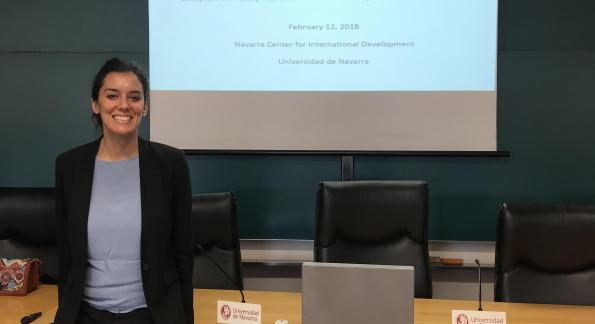
The Ebola outbreak killed 11.310 people across West Africa. This serious disease spreads through direct contact with infected body fluids, mainly affecting Liberia, Sierra Leone and Guinea. The first case, although very rare, was through direct contact with an infected animal (bat or monkey) and then, human to human. The chaotic situation required treatment centers. However, the international community didn’t intervene, both financially and military, until nine months after the first case, which led to a lack of public goods during the time.
Ambiguous messages from state institutions, which asked civilians to go to treatment centers while at the same time acknowledging that there is no possible treatment for Ebola led to confusion and mistrust, which helped fuel civil violence after the outbreak. Ada González-Torres, a PhD candidate at European University Institute and until recently a Visiting Research Scholar at the University of California, Berkeley, examines the effect that the epidemic had in the rise of violence in her paper “Epidemics and Conflict: Evidence from the Ebola outbreak in Western Africa”, which she presented last February 12th at the University of Navarra.
The epidemic deepens mistrust in institutional authorities. Within days of the outbreak, radical measures were put in place to control the spread of the virus and resulted in a culture shock, especially for communities with stronger religious beliefs thus, fueling resistance. Military quarantines were put in place and burial practices were forcibly changed to avoid contact. “In Liberia cremations were imposed, which went against the belief of most citizens, who are Christians,” González-Torres explained. Resistance eventually proved too strong and practices changed into dignified yet safe burials. However, she points out that these “were not conflictive areas previously, but increased violence was due to mistrust after the outbreak of the disease”.
Riots, protests and civil violence were a response to little sensitivity to local practices, coercive measures and an unmet demand of public goods such as treatment facilities. However, results show that when treatment centers were sufficient, violence ceased. The whole situation resulted in deeper mistrust in public institutions, which weakens the State’s power.






